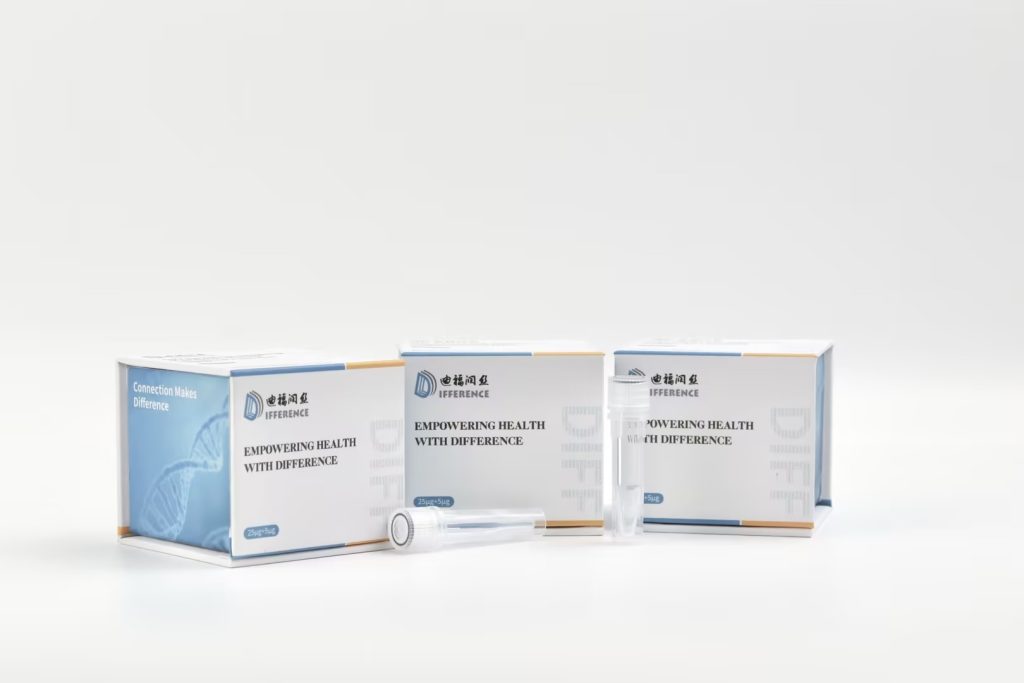There are various challenges in the screening process of antiviral drugs, and the following are three common challenges:
1. Strong virus variability
Challenge description: Viruses have a high degree of variability, which means that their genetic sequences can undergo rapid changes. This variability may not only render existing antiviral drugs ineffective, but also generate new strains of the virus, posing a new threat to public health. Therefore, antiviral drug screening must take into account the mutation characteristics of the virus to ensure that the screened drugs can effectively respond to multiple virus strains.
Response strategy: Researchers need to closely monitor the mutation of the virus, adjust screening strategies in a timely manner, and ensure that the screened drugs have broad-spectrum antiviral activity. Meanwhile, strengthening international cooperation, sharing virus mutation information and antiviral drug screening results, is also an effective way to address the challenge of virus mutation.
2. Drug toxicity and safety issues
Challenge description: Some antiviral drugs may have toxic effects on the human body during treatment, such as liver and kidney damage, immune suppression, etc. Therefore, when screening antiviral drugs, their toxicity and safety must be strictly evaluated to ensure that the selected drugs effectively inhibit the virus without causing serious side effects to patients.
Response strategy: In the drug screening process, a strict toxicity evaluation system should be established to conduct a comprehensive toxicity assessment of candidate drugs. At the same time, strengthen the study of pharmacokinetics, understand the metabolic pathways and excretion modes of drugs in the body, and provide a basis for developing safe and effective administration plans.
3. High screening cost and long cycle
Challenge description: Antiviral drug screening involves a large amount of experimental work and complex analytical processes, so the screening cost is usually high. In addition, due to the multiple stages of clinical trials and approval processes required for new drug development, the entire screening cycle may take several years or even ten years. This not only increases research and development costs, but may also delay the time for drug launch.
Research and development of antiviral drugs
Response strategy: In order to reduce screening costs and shorten screening cycles, modern biotechnology methods such as high-throughput screening technology and virtual screening technology can be used to improve screening efficiency. At the same time, strengthen interdisciplinary cooperation and resource sharing to promote innovation and development in antiviral drug research and development. In addition, the government and enterprises should increase investment and support in the research and development of antiviral drugs, providing a better environment and conditions for the development of new drugs.
In summary, the challenges faced in the screening process of antiviral drugs are diverse and require joint efforts from researchers and relevant departments. By strengthening international cooperation, adopting modern biotechnology methods, optimizing screening strategies, and other measures, it is expected to improve the success rate and efficiency of antiviral drug screening, and make greater contributions to public health.


